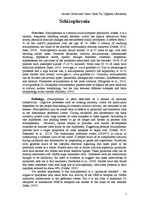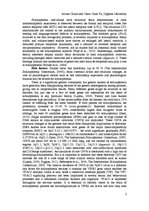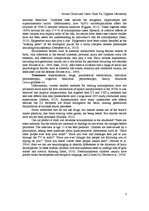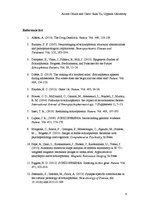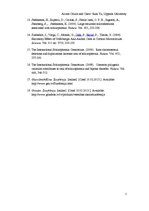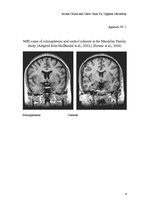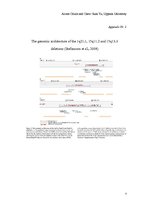-
Schizophrenia
Unfotunately, current reliable methods for treating schizophrenia have not advanced much since the first introduction of typical antipsychotics in the 1950s. It was believed that atypical antipsychotics that targeted both D2 and 5-HT2A¬ receptors had less side effects than their predecessors until a large-scale 2005 study overturned many expectations (Abbott, 2010). Antipsychotics have many undesirable side effects because the D2 receptors are found throughout the brain, causing generalized disinhibition of multiple neural processes.
Novel treatments that do not use drugs, but instead makes use of the brain’s innate plasticity, like brain-training video games, are being tested. But reliable results have not yet been published (Hayden, 2012).
Can we predict if child will develope schizophrenia in the adulthood? There are some methods, but the results are uncertain or findings do not reveal the changes before psychosis. The interview at age 11 is the best predictor. Children are interviewed by a psychiatrist, asking them questions about quasi-psychotic phenomena, such as: ‘Have other people ever read your mind?’ ‘Have you ever had messages sent just to you through the TV or radio?’ ‘Have you ever thought that people are following you or spying on you?’ ‘Have you heard voices other people cannot hear?’ (Howes et al. 2004). Also we can use neuroimaging to identify differences in the trajectory of brain development. In these studies, children with schizophrenia seem to undergo loss of grey matter and cortical thinning (Insel, 2010). Preschizophrenic children usually have poorer motor development and receptive language, and a lower IQ (Howes et al., 2004).
…
Darbs angļu valodā. Trīs lappaspusēs ir aprakstīta šizofrēnijas pataloģija, riska faktrori un ārstēšanas metodes. Darbā iekļauti 2 pielikumi.

